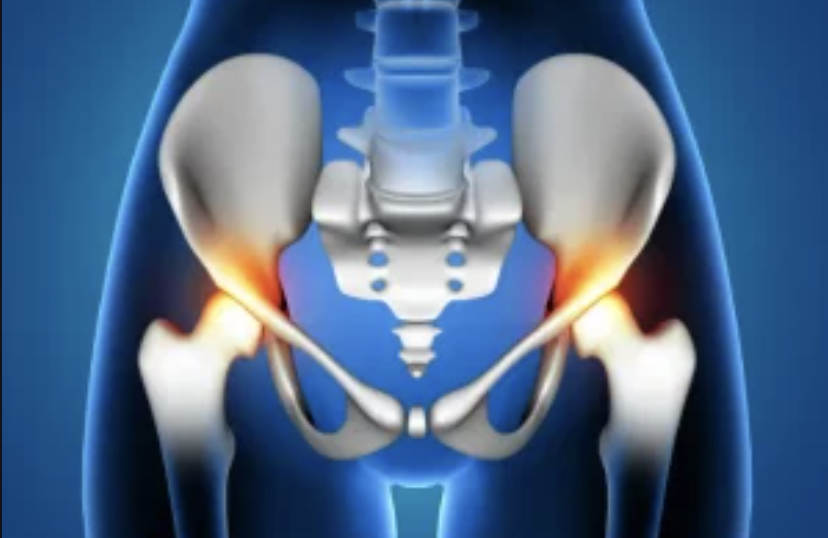Robotic-Assisted Hip Surgery
As technology advances, so too does the field of orthopaedic surgery, and robotic-assisted hip surgery represents a cutting-edge approach designed to enhance precision, improve outcomes, and accelerate recovery times.
At Ortho Precision, we are proud to offer this state-of-the-art technique under the expert care of esteemed Australian-trained orthopaedic surgeon, Dr Yas Edirisinghe.
What is Robotic-Assisted Hip Surgery?
Robotic-assisted hip surgery is a minimally invasive technique that uses advanced robotic systems to assist surgeons in performing hip replacement or reconstruction procedures.
The robotic system provides enhanced visualisation and precision, allowing for more accurate placement of implants and reduced disruption to surrounding tissues.
The procedure involves the use of a robotic arm controlled by Dr Yas, which helps guide the instruments and ensure optimal alignment of the hip implant.
Robotic-Assisted vs Traditional Hip Surgery
Traditional hip surgery, also known as open hip surgery, involves a larger incision and more extensive dissection of the muscles and tissues around the hip joint. While this approach has been effective for many years, it often results in longer recovery times, more post-operative pain, and a greater risk of complications such as infection or blood loss.
In contrast, robotic-assisted hip surgery involves smaller incisions and more precise surgical techniques. The robotic system offers enhanced accuracy in implant placement and alignment, which can lead to several benefits over traditional methods:
- Enhanced Precision: The robotic system allows for highly accurate placement of implants, which can improve joint function and longevity.
- Minimised Tissue Damage: Smaller incisions and less disruption to surrounding tissues result in a less traumatic surgical experience.
- Faster Recovery: Patients typically experience reduced post-operative pain and can return to their normal activities more quickly.
- Reduced Risk of Complications: The minimally invasive nature of the procedure decreases the likelihood of complications such as infection or blood loss.
How is the Surgery Performed?
Dr Yas uses the robotic arm to perform the hip replacement or reconstruction once a small incision is made near the hip joint.
The robotic system assists by providing real-time feedback and high-definition and visualisation, allowing for precise placement of the hip implant. It also helps ensure that the implant is aligned correctly and fits perfectly within the joint.
Once the implant is in place and the surgery is complete, the incision is closed using sutures or staples. The smaller incision typically leads to less scarring and a quicker recovery.
When is Surgery Recommended?
Surgery is typically recommended in the following situations:
- Severe Hip Arthritis: When osteoarthritis, rheumatoid arthritis, or other forms of arthritis cause significant joint pain, stiffness, and loss of function, and conservative treatments have failed, it can provide relief and improve quality of life.
- Hip Fractures: In cases of severe hip fractures that cannot be treated effectively with non-surgical methods, treatment may be recommended to restore hip function and stability.
- Hip Dysplasia: For patients with hip dysplasia (a condition where the hip socket does not fully cover the ball portion of the upper thigh bone), surgery can help realign the hip joint and improve joint function.
- Avascular Necrosis: When the blood supply to the hip joint is disrupted, leading to bone death and joint damage, the procedure can help replace the damaged joint and alleviate pain.
- Failed Previous Hip Surgery: If a previous hip surgery has failed or if there are complications such as implant loosening or dislocation, robotic-assisted revision surgery may be recommended to address these issues with greater precision.
- Need for Accurate Implant Placement: Robotic-assisted hip surgery is particularly beneficial for patients who require highly accurate placement of hip implants, such as those with complex hip anatomy or specific alignment needs.

Recovery
Recovery from robotic-assisted hip surgery is typically faster than with traditional methods. Patients can expect:
- Shorter Hospital Stay: Many patients are able to return home within a few days.
- Reduced Pain: Smaller incisions and less tissue damage result in less post-operative discomfort.
- Quicker Return to Activities: Most patients can resume light activities and physical therapy sooner, leading to a faster overall recovery.
Dr Yas Edirisinghe and the Ortho Precision Team in Adelaide
Dr Yas Edirisinghe, renowned for his expertise in orthopaedic surgery, leads the Ortho Precision team in delivering exceptional care. Our team is dedicated to providing the highest standard in surgical care using the latest technology to achieve optimal outcomes for our patients.
With a focus on precision, patient-centred care, and cutting-edge technology, Dr Yas and the Ortho Precision team are committed to helping you regain mobility and improve your quality of life through robotic-assisted hip surgery.
Advanced, patient-centred technology for better outcomes.
Contact us via the contact page or chatbot available across our website and Dr Yas will respond promptly.
